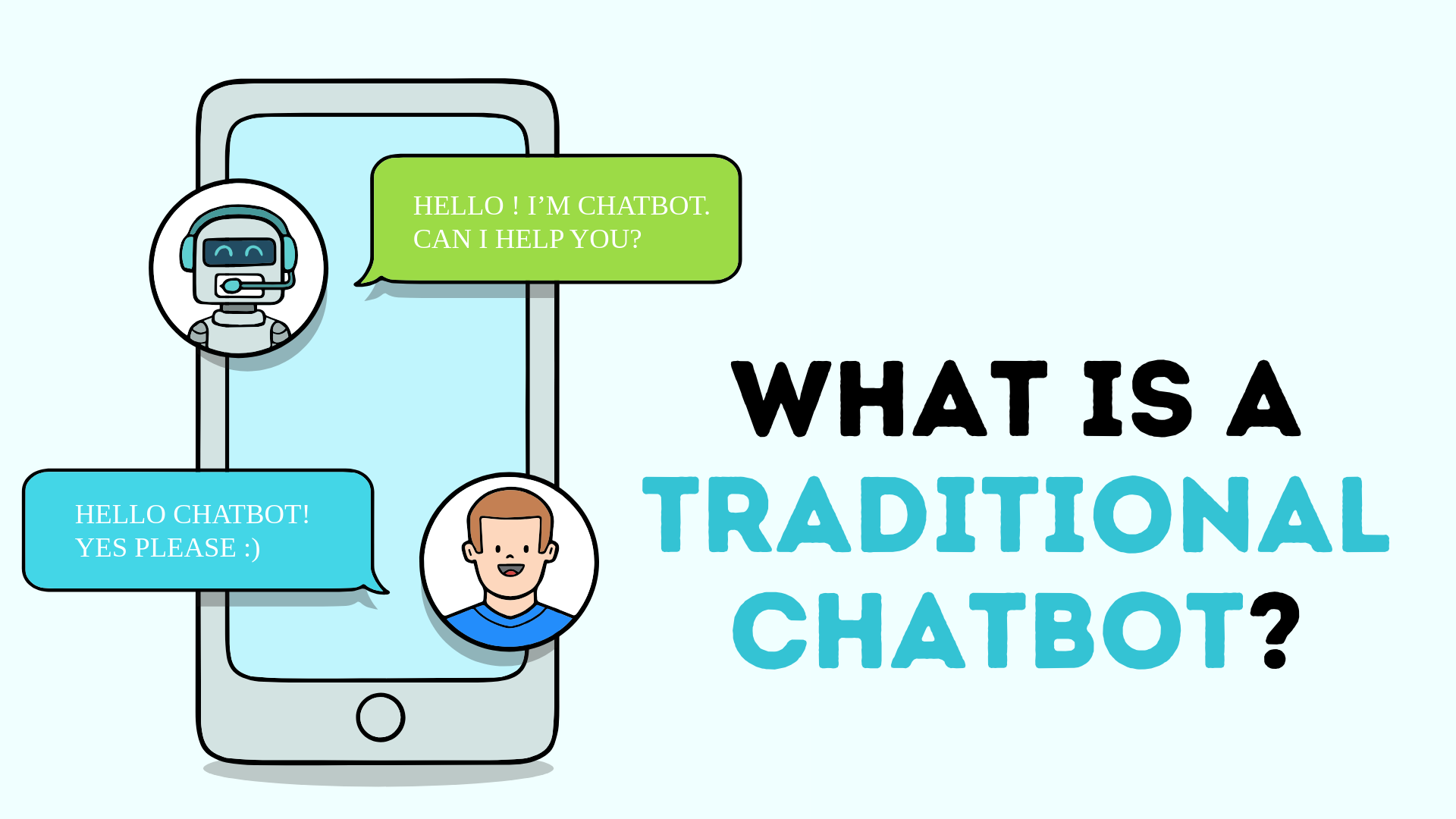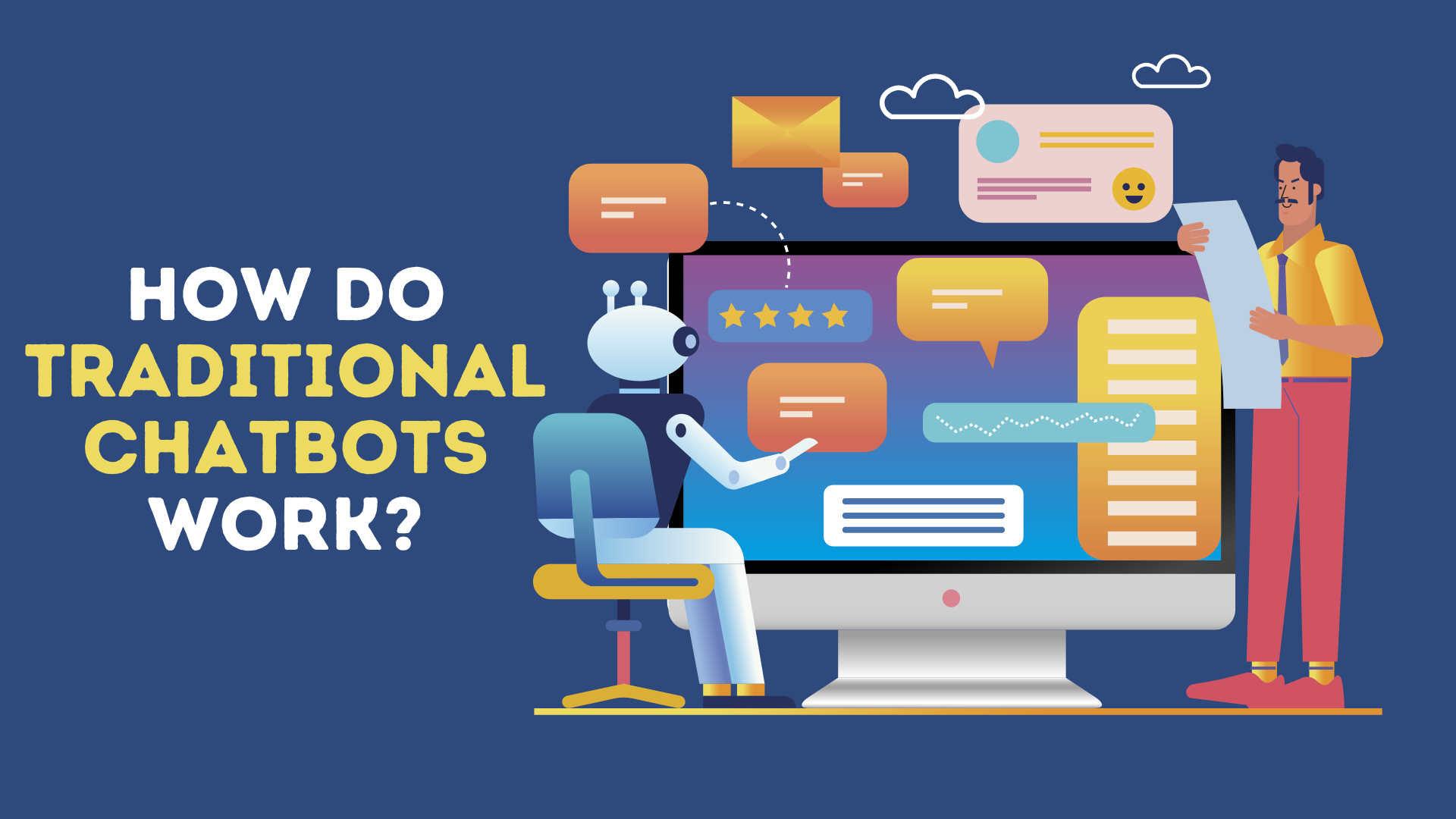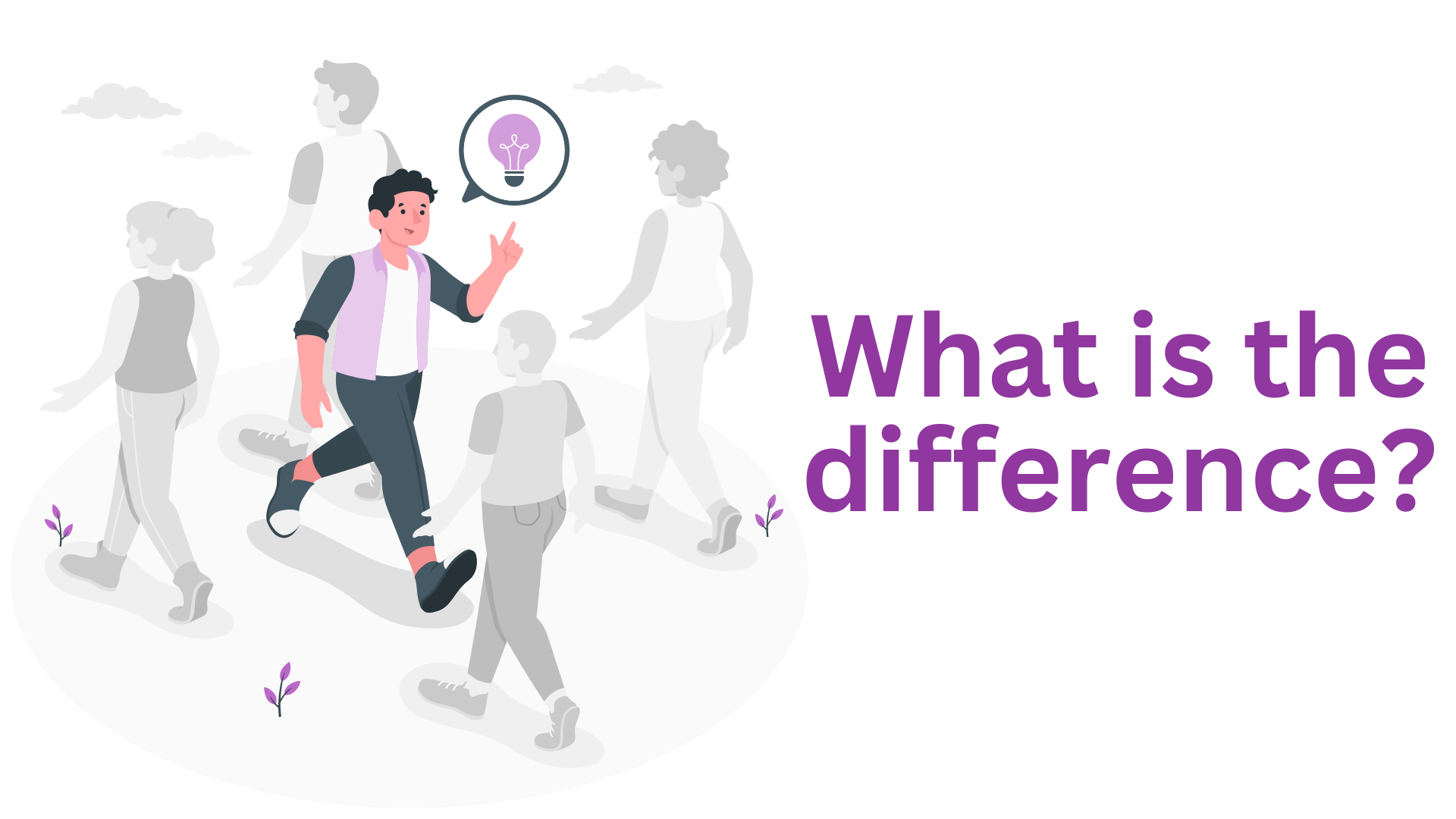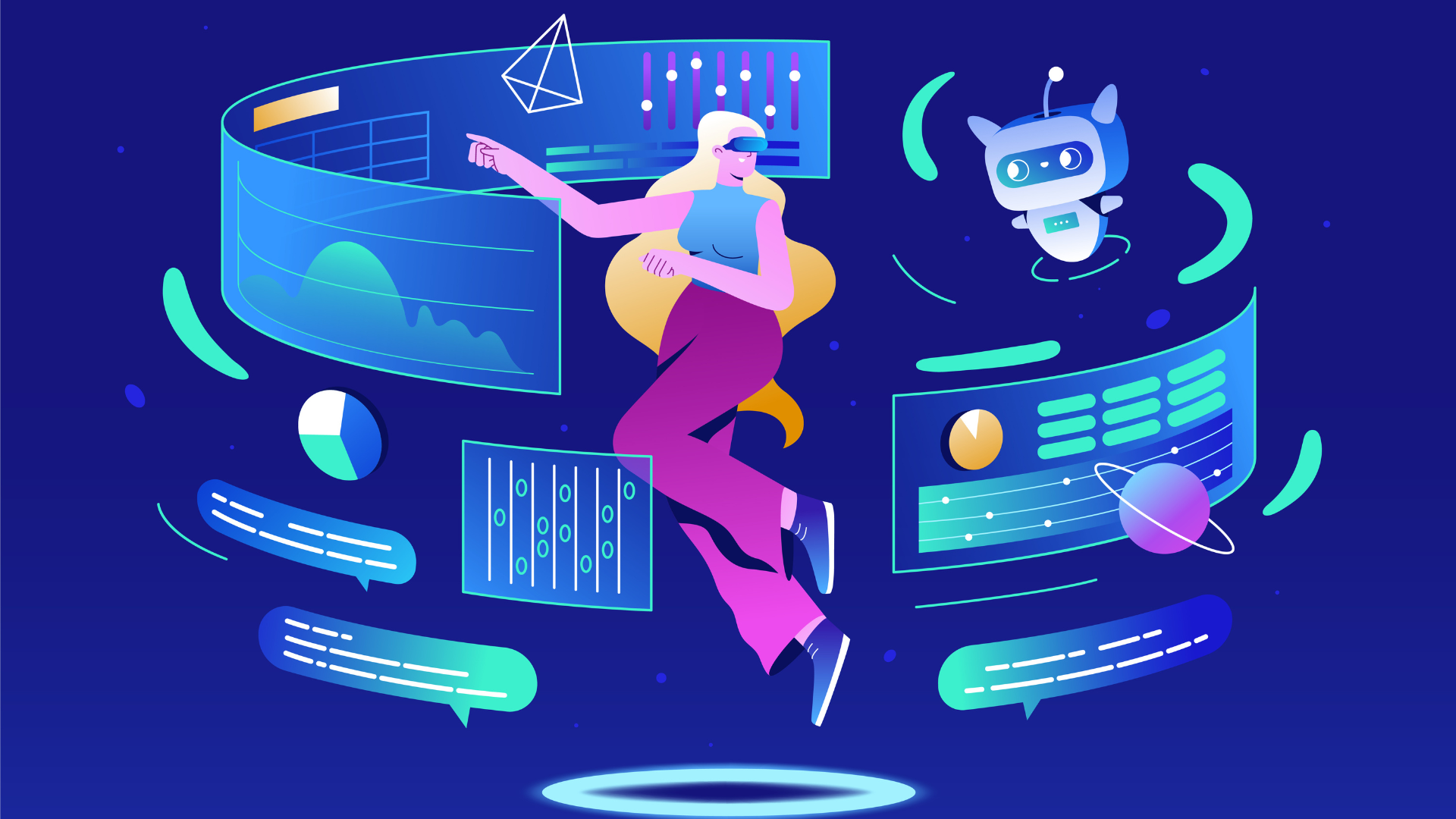Of relevance in this very dynamic aspect of digital communication is the debate concerning AI chatbots vs traditional chatbots. Increased speed toward better customer service and smoother operations makes the choice between these two technologies very important in business. This blog explains the intricacies of AI chatbots and traditional chatbots regarding their various differences, advantages, and why AI chatbots will dominate the future.
What is an AI chatbot?

AI chatbots are otherwise referred to as smart or intelligent chatbots, which are sophisticated applications set up for communicating with users through natural language processing and machine learning. These chatbots can understand, learn from, and respond to complicated questions in a conversational style, making them very human-like in nature.
How do AI chatbots work?

AI chatbots function with a combination of NLP, ML, and sometimes neural networks. Here’s the simplified breakdown:
- NLP: AI chatbots are capable of reading and understanding human languages.
- Machine learning (ML): They learn from interactions to improve responses over time.
- Neural Networks: Some AI chatbots make use of neural networks to process all that data and increase the extent of understanding and responsiveness.
Pros and Cons of AI Chatbots
Pros:
- Better Understanding: AI chatbots are capable of comprehending and deciphering complicated languages.
- Learning Capability: They learn continuously from past interactions.
- Personalization: It allows for more personalized experiences between users.
- Scalability: handling large volumes of inter-actions efficiently.
Cons:
- Complexity: The complexity of development and maintenance may be high and therefore expensive.
- Data Dependency: requires a large amount of data to learn effectively.
- Initial Setup Time: This requires more time to deploy than typical chatbots.
What is a traditional chatbot?

Traditional chatbots, otherwise referred to as rule-based chatbots, are powered by predefined scripts and responses. Since developers can only give them a series of rules, they can therefore be used for very basic activities or even simpler inquiries.
How Do Traditional Chatbots Work?

Traditional chatbots match user input against a set of predefined responses. Here’s how:
- Keyword Matching: It identifies user query keywords.
- Rule-based responses: responses generated according to a set of predefined rules.
- Decision Trees: User interaction flows are navigated by decision trees.
Pros and Cons of Traditional Chatbots
Pros:
- Simplicity: means it will be easier to develop and deploy.
- Cost-efficient: reduced development and maintenance costs.
- Quick Deployment: can be set up relatively quickly.
Cons:
- Limited Understanding: Struggle with complex or ambiguous queries.
- Lack of Learning: Response improvement over time is not possible.
- Rigidity: having a less personalized user experience.
What is the difference between AI chatbots vs traditional chatbots?

Major differences lie between AI chatbots vs traditional chatbots with capabilities and learning through which the former identifies and learns from interactions, giving more personalized and accurate responses with the help of NLP and ML, whereas traditional chatbots are rule- and script-driven, making them less adaptable, quite rigid in terms of response.
What are the benefits of AI chatbots vs traditional chatbots?
When comparing AI chatbots vs traditional chatbots, several advantages of AI chatbots come into play:
- Superior User Experience: AI chatbots provide a more organic and engaging interaction.
- Continuous Improvement: Learn from every interaction, get better over time.
- Higher Accuracy: Better at handling complex queries accurately.
- Scalability: It should be able to handle hundreds of interactions at a time without any loss in quality.
Why is AI the future?

They represent the future because of their ability to evolve and adapt. Advanced technologies, such as NLP and ML, have been integrated so that they offer a better user experience and efficiently handle complex interactions. Thus, with increasing customer engagement and satisfaction high on the goals’ list for businesses, artificial intelligence (AI) capabilities make it an indispensable tool in the future.
Conclusion
In the debate of AI chatbots vs traditional chatbots, AI chatbots have an obvious edge over their counterparts. The ability to understand, learn, and adapt makes them highly versatile and effective. With technology showing no signs of slowing down in development each day, AI chatbots are highly poised to revolutionize customer service and operational efficiencies, sealing their future as that of digital marketing communication.




